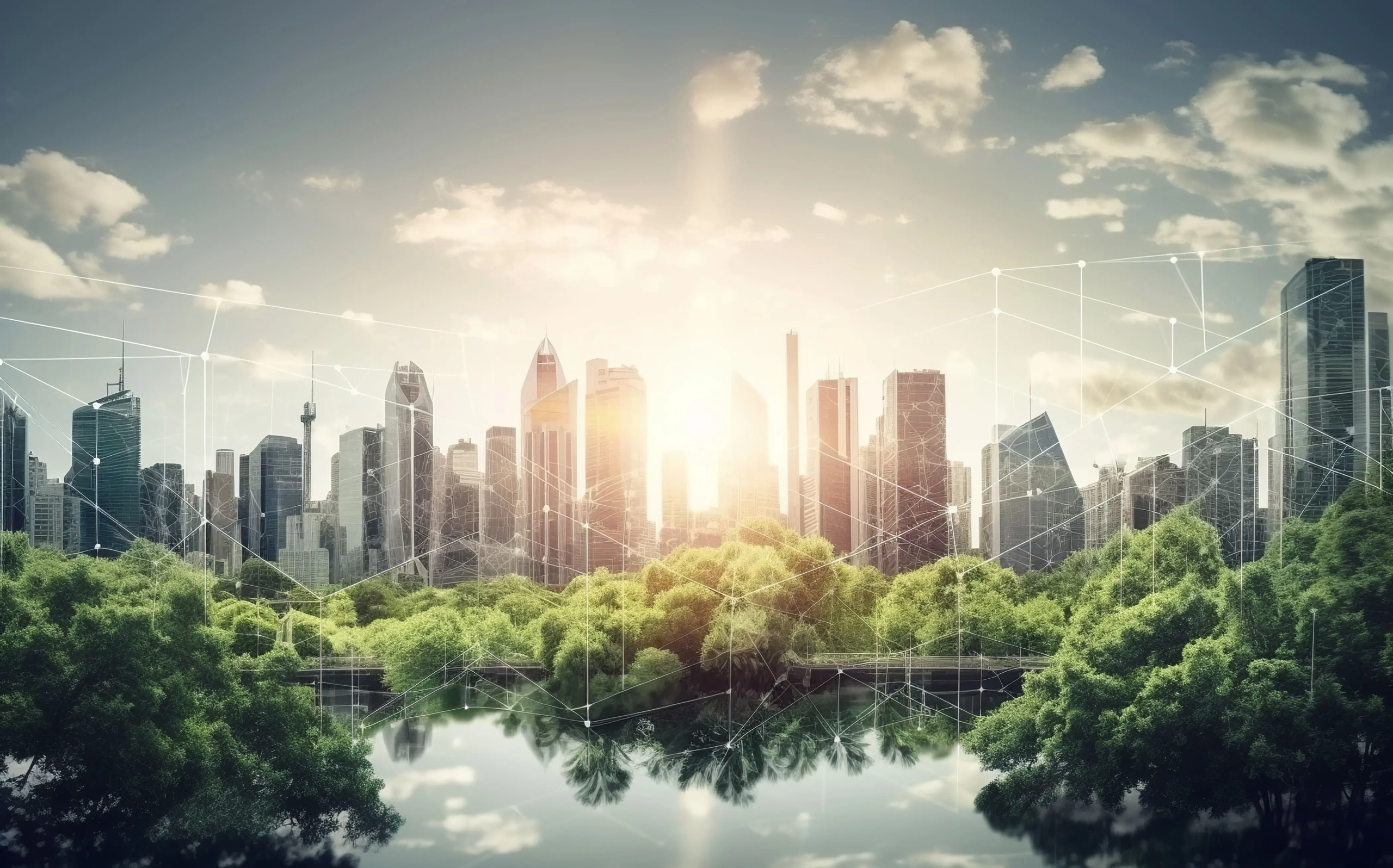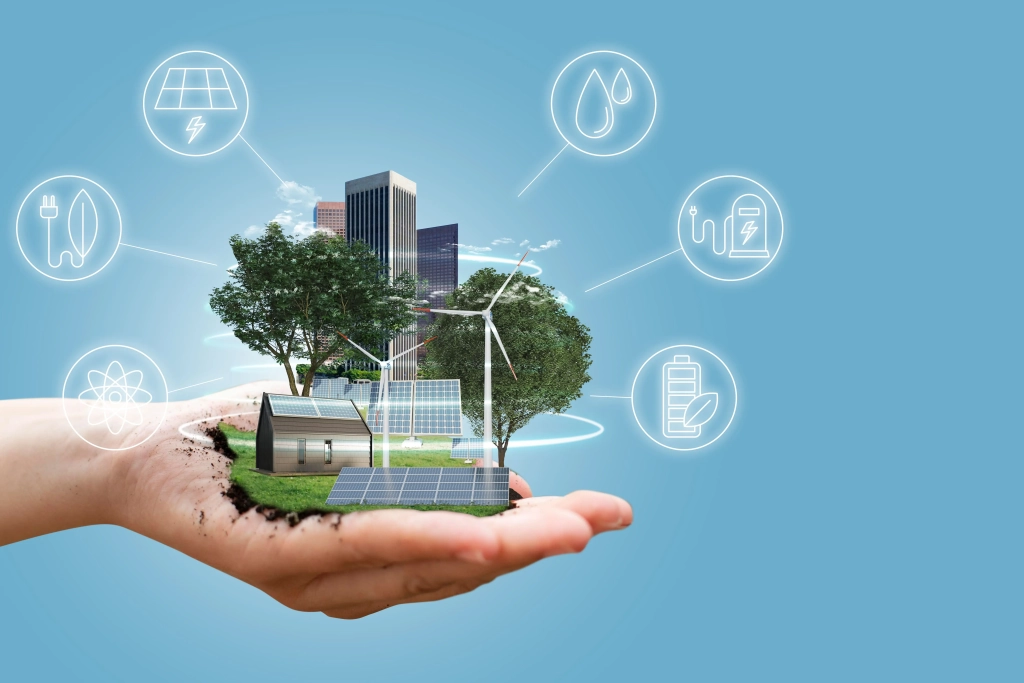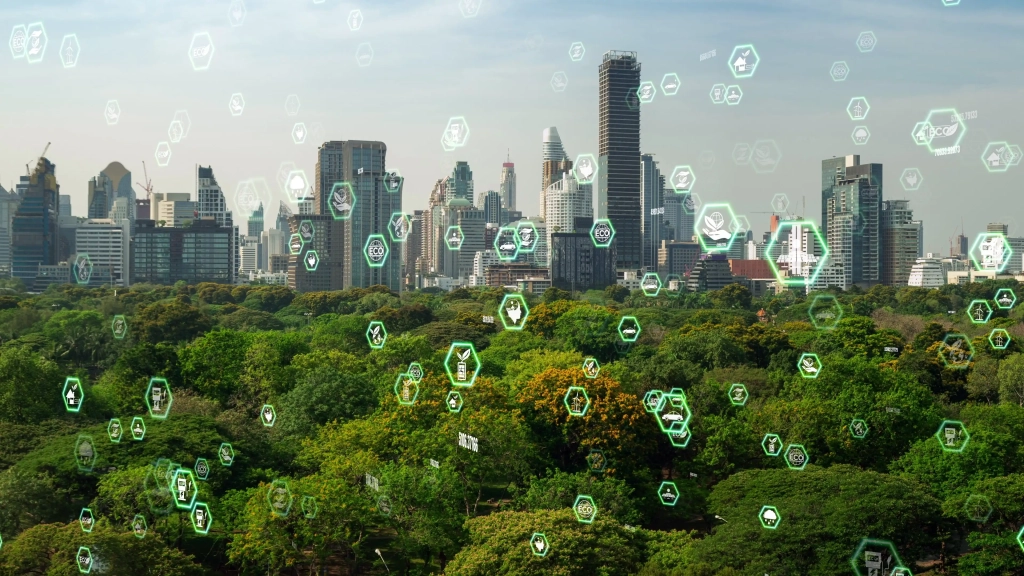7 Insights on Sustainability in Real Estate: The Power of Adaptive Reuse

As global dynamics shift towards sustainable development, real estate, a cornerstone of urbanization, is no exception. In the heart of Southeast Asia, the Philippines is showcasing how an interplay of culture, heritage, and modern innovation can redefine urban landscapes.
The captivating concept of Adaptive Reuse, while sounding intricate, unfolds a beautiful narrative of the Philippines’ commitment to the environment, history, and future.
RELATED: 5 Reasons Why Agri-Tourism Estates are Skyrocketing in the Philippines
Sustainability in Philippine Real Estate
At its core, adaptive reuse in Philippine real estate delves into the art of rejuvenating old architectural marvels, gifting them contemporary utility while staying true to their age-old charm. By favoring this process, we ensure a sustainable construction approach that significantly curtails resource wastage and environmental degradation.
Understanding the Heartbeat of Adaptive Reuse
Adaptive reuse isn’t merely a tactical approach to real estate; it’s a heartfelt homage to architectural grandeurs of the past. When we talk about repurposing structures, it’s not just about physical spaces but also about reliving stories, legacies, and epochs that these walls have witnessed.
Philippines: The Flag-bearer of Adaptive Reuse
Given the Philippines’ historical richness, dotted with architectural relics from diverse colonization and indigenous legacies, the canvas for adaptive reuse is vast. By breathing new life into these structures, the country isn’t just enhancing its urban aesthetics but also weaving a captivating narrative for tourists and locals alike.
Financial Gains and Adaptive Reuse
While the environmental and historical facets are apparent, there’s a robust economic angle too. Renovating an existing structure often proves more budget-friendly than erecting a new one. These structures, thanks to their historical significance, often nestle in prime locations, enhancing their market allure post-revitalization.
Overcoming Obstacles: The Road to Successful Adaptive Reuse
Like any transformative journey, adaptive reuse is laden with challenges – from structural snags to regulatory bottlenecks. But where there’s a will, there’s a way:
Fostering Community Engagement: Onboarding local communities can smoothen the adaptation curve, making transitions organic.
Tech-driven Solutions: Contemporary technological interventions can address legacy structural challenges.
Navigating Regulatory Ambits: Proactive policy adaptations can fast-track the reuse process, especially when it’s for the greater good.

The Environmental Implications of Adaptive Reuse
Amidst the clamor for sustainable solutions, it’s paramount to understand the environment-first approach inherent in adaptive reuse, especially in the context of Philippine real estate.
Reduction in Construction Waste
Unlike building anew, where the grounds are often cleared out, adaptive reuse allows for the retention of existing structures. This significantly trims the volume of construction waste dumped into landfills. Given the waste management challenges faced by urban centers, this reduction is nothing short of a boon.
Energy Conservation
Constructing a new building is energy-intensive, from the extraction and transportation of raw materials to the actual building process. By choosing to rejuvenate and repurpose existing structures, we dramatically cut down on energy consumption. Old buildings, particularly those from the Philippines’ colonial era, often have thick walls and high ceilings, features that naturally regulate indoor temperatures, leading to reduced dependency on modern cooling systems.
Carbon Footprint Curtailment
It’s no secret that construction activities, especially those involving concrete and steel, leave behind a hefty carbon footprint. Through adaptive reuse, since a majority of the structure remains unaltered, the carbon emissions tied to new construction materials and processes are considerably slashed.
Biodiversity Preservation
Fresh constructions, especially in verdant areas, can disrupt local ecosystems. By working with what’s already there, adaptive reuse ensures that the natural habitat and the species it supports remain largely untouched.
Water Conservation
Building anew requires significant water, both directly in construction and indirectly in the production of building materials. Adaptive reuse, with its limited scope of construction, ensures that this valuable resource is conserved.
A Catalyst for Green Innovations
Adaptive reuse projects often become the bedrock for further sustainable innovations. Retrofitting older buildings with solar panels, rainwater harvesting systems, and energy-efficient fixtures not only makes the structure sustainable but also serves as a prototype for blending old-world charm with modern-day sustainability tech.
Spotlight: The Ruins, Talisay City
The Ruins, standing tall in Talisay City, are an emblematic representation of adaptive reuse. What was once an Italianate mansion, bearing World War II scars, now stands as a beacon of historical reverence and tourist fascination. It’s an eloquent testimony to the adaptive reuse potential.
Spotlight: The Manila Metropolitan Theater
The Manila Metropolitan Theater, an iconic Filipino architectural masterpiece, is another classic example of how adaptive reuse can have profound environmental benefits. Once in a state of disrepair, its revitalization not only restored its erstwhile grandeur but also incorporated a slew of green features, ensuring that it stands as a monument to both historical and environmental conservation.
More than Just an Environmental Boon
While the immediate environmental dividends, such as waste minimization and carbon footprint reduction, are evident, the adaptive reuse paradigm goes beyond. It paves the way for cultural sustainability, wherein we not only retain structural edifices but also the intangible heritage of stories, memories, and community pride.

What’s Next for Adaptive Reuse
Given the global sustainability clarion call, adaptive reuse is poised for prominence. With technological strides and heightened awareness, a global movement towards repurposing historical wonders, spearheaded by the Philippines, is on the horizon.
The Power of Adaptive Reuse isn’t just a thematic focus; it’s a clarion call for a sustainable future, intertwining environmental, historical, and community threads. The Philippines, with its rich tapestry of history and a forward-looking stance, stands as a beacon, setting precedents and inspiring global narratives.
FAQs
How does adaptive reuse resonate with sustainability?
Adaptive reuse is the epitome of sustainable real estate. It melds the preservation of architectural legacies with contemporary utility, minimizing environmental strain.
What makes the Philippines a linchpin in the adaptive reuse narrative?
The Philippines’ architectural tapestry, rich with historical nuances from diverse influences, presents an unparalleled canvas for adaptive reuse, making it a global frontrunner.
Is there an economic rationale behind adaptive reuse?
Absolutely! Adaptive reuse, apart from being eco-friendly, is often more cost-efficient. Moreover, revitalized structures, thanks to their historical allure, fetch a premium in the market.
How does adaptive reuse intertwine with cultural preservation?
By repurposing historical structures, we’re not only conserving brick and mortar but also preserving tales, traditions, and timelines that these structures enshrine.
What technological innovations support adaptive reuse?
From advanced structural simulations to virtual reality tours for prospective layouts, technology plays a pivotal role in reimagining historical spaces.
Read more here: AllProperties Latest Blogs




